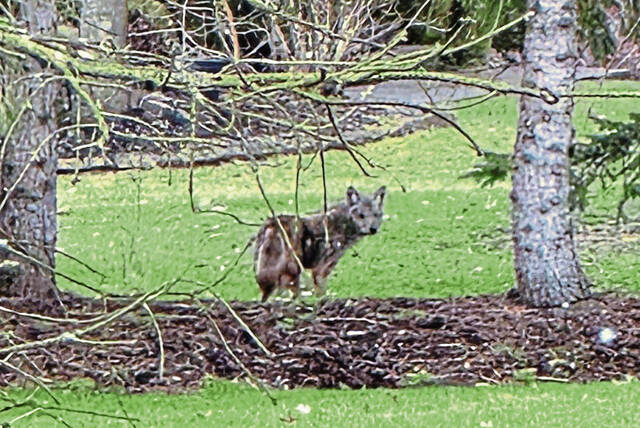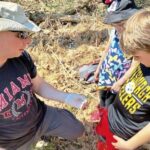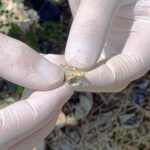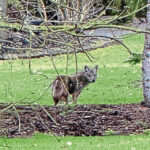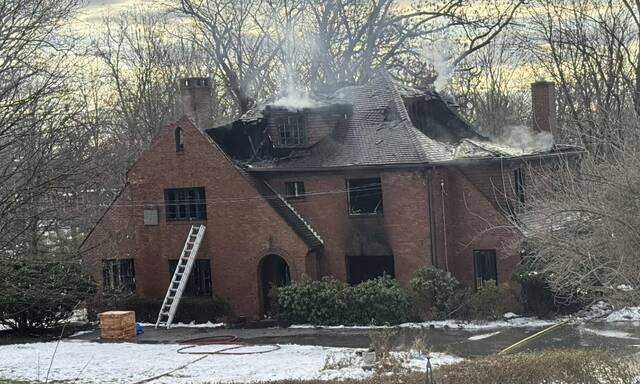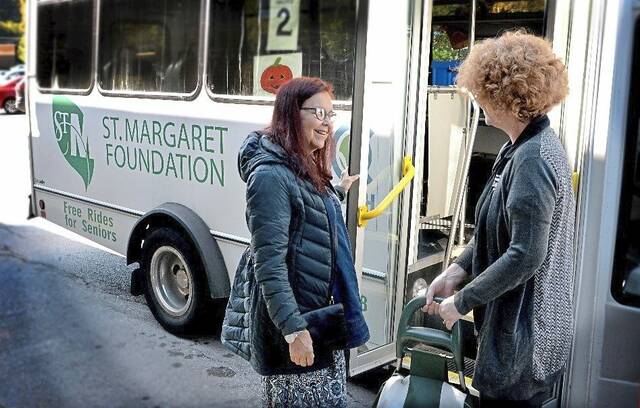What may seem like all of a sudden, coyotes aren’t just cartoon characters on television anymore.
“They’re very prone to getting media attention,” Hampton resident Jamie DeHart said. “One event out of how many days in the year, and all of a sudden it’s front-page news.”
Whether they simply are sightings or something more serious, reports involving coyotes tend toward the negative. In DeHart’s opinion, it doesn’t have to be that way.
The Shaler native is a graduate student in Miami University of Ohio’s Project Dragonfly, based in the school’s biology department and affiliated with the American Zoo Association, and earned his bachelor’s degree in biology from the University of Pittsburgh. In his studies, he specializes in human-wildlife conflict with predators, and by his assertion, Hampton’s coyotes are his favorite subject.
“They’re here,” he said. “There’s nothing we can really do about getting rid of them. They’re a type of species that, no matter how much you persecute them, they’ll just replenish their populations. They’re here to stay, and hopefully we can all get along together.”
DeHart, 48, recently led a Coyote Chat and Scat Hike educational program at Hampton Community Park, seeking the animal’s droppings for a quick analysis and providing general information, including safety considerations.
For another local project, he had a dozen and a half residents monitor their trail and game cameras for coyotes, with four reported.
“So we’re starting to get a little bit of an idea of where they may potentially be around here and if there are any other factors that play in,” he said, mentioning the example of a property with a chicken coop where repeat sightings occurred.
‘Don’t want to be seen’
Whether by camera or eye, catching views of coyotes is somewhat of a rarity.
“They are very good at hiding. They don’t want to be seen, and they’re really not here in that great of a population density,” DeHart said. “People think it’s like ‘Jurassic Park,’ where there’s a Velociraptor behind every door. It’s just not the case. There are some here, but limited.”
While the number of coyotes may not be overwhelming, Hampton and neighboring municipalities represent an inviting ecosystem with the presence of North Park, Hartwood Acres and a relatively large amount of undeveloped land between.
According to researchers Roland Kays, Abigail Curtis and Jeremy J. Kirchman in a scientific article published in 2009, the coyote evolved as a hunter of small prey in the Midwest and migrated east, primarily since the start of the 20th century.
“The spread of agriculture and the extinction of wolves in parts of the region are thought to have facilitated coyote expansion, but genetic interchange with remnant wolf populations may have played a role,” the article states.
A subspecies called the eastern coyote (scientific name Canis latrans var.) is the result, with the animals somewhat larger than those to the west and comparable in stature to a medium-sized dog, about 34 to 39 inches long and 20 to 25 inches tall at the shoulder.
The Pennsylvania Game Commission cites the eastern coyote as entering the state from New York’s Catskill Mountains in the late 1960s and spreading to the south and west, occupying all parts of the commonwealth by 1990.
‘Wary of people’
Concerns about the animal’s prevalence rose accordingly, but according to DeHart, potential danger to humans is minimal.
“They’re very wary of people, very wary of getting in a conflict with people,” he explained. “In the incidents where there is conflict, a majority of the time it’s that people got too close to their pups, their nesting sites.”
During his Coyote Chat and Scat Hike, he recommended what to do if a confrontation takes place and the predator stands its ground, using a technique called hazing as basically a scare tactic:
• Stop.
• Make yourself look big.
• Announce yourself by shouting.
• Repeat if necessary.
• Teach someone else how to haze a coyote.
The first letters spell out SMART, as formulated by Czech animal advocate Adéla Novotná in an article based on a Colorado pilot project showing “how proper education can help empower local citizens to minimize human-coyote conflicts.”
“I surveyed people afterward,” DeHart said about his Hampton program, “and they all felt more prepared if there was a face-to-face encounter because they knew about that acronym.”
The program’s “scat” aspect revealed various bone fragments from consumed prey, and the Game Commission lists deer as the dominant food for eastern coyotes. Other frequent sources of meals include rabbits, woodchucks, rodents and other animals that could be considered as pests.
On the other hand, house pets are potential victims, too.
“They view dogs as competition, from a territorial standpoint,” DeHart said.
Overall, he strives to take an instructive approach when it comes to coyotes.
“I’m not necessarily trying to evangelize on conservation of these animals, but to let folks know that they’re here,” he said. “You don’t have to worry about these animals. Just be wary that they’re out there.”





